Polyphenols are generally toxic to microorganisms. In peatlands, scientists thought microorganisms avoided this toxicity by degrading polyphenols using an oxygen-dependent enzyme, and thus that low-oxygen conditions inhibit microbes’ carbon cycling.

news, journals and articles from all over the world.

Polyphenols are generally toxic to microorganisms. In peatlands, scientists thought microorganisms avoided this toxicity by degrading polyphenols using an oxygen-dependent enzyme, and thus that low-oxygen conditions inhibit microbes’ carbon cycling.
In Applied Physics Letters, researchers use laser treatments to transform ordinary cork into a powerful tool for treating oil spills. They tested variations of a fast-pulsing laser treatment, closely examining the nanoscopic structural changes and measuring the ratio of oxygen and carbon in the material, changes in the angles with which water and oil contact the surface, and the material’s light wave absorption, reflection, and emission across the spectrum to determine its durability after multiple cycles of warming and cooling.
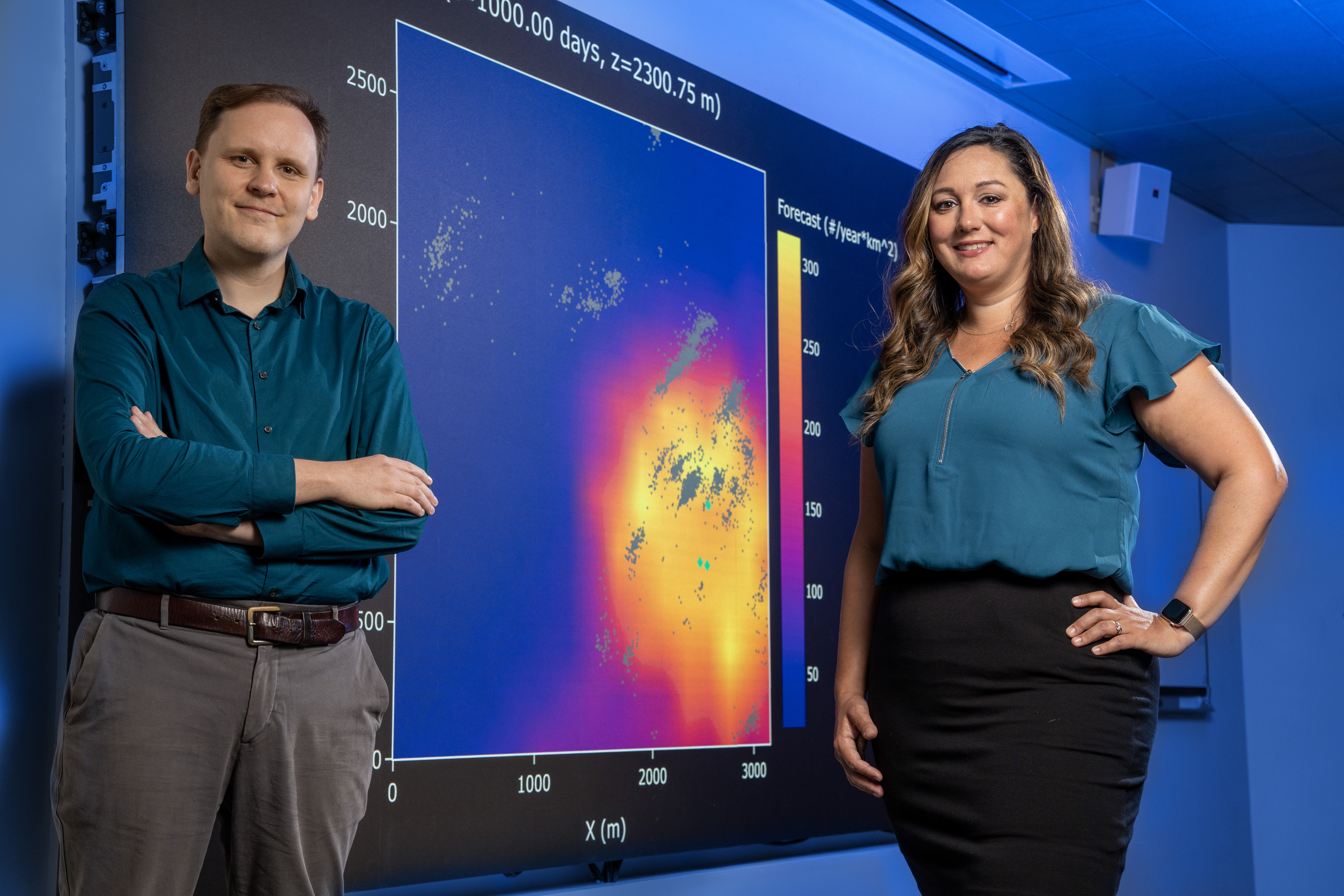
Lawrence Livermore National Laboratory (LLNL) has partnered with another national lab and a seismic instrumentation monitoring company to develop a physics-based seismic-forecasting software platform to help operators and regulators better understand and manage seismic hazards at carbon storage sites.
A new report co-authored by George Peridas of the Lawrence Livermore National Laboratory (LLNL) and Benjamin Grove of the Clean Air Task Force examines the economic viability of carbon capture and storage (CCS) projects in California and finds that several classes of projects are viable today.
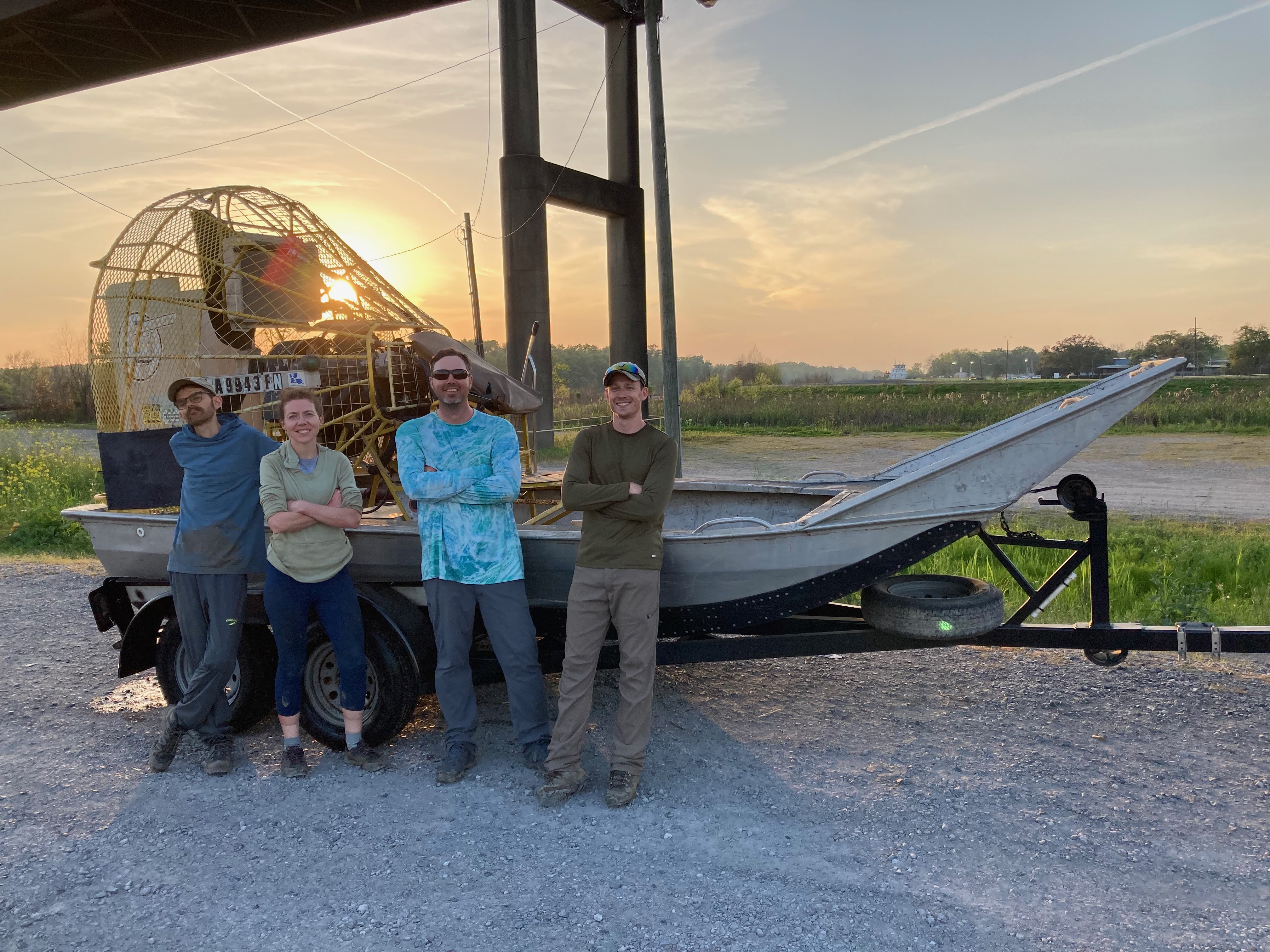
As a biogeochemist at the Department of Energy’s Oak Ridge National Laboratory, Matthew Berens studies how carbon, nutrients and minerals move through water and soil. In this firsthand account, Berens describes recent fieldwork in Louisiana with colleagues to better understand coastal ecosystems.
Climate change might compromise how permanently forests are able to store carbon and keep it out of the air. In a new study, researchers found that the regions most at risk to lose forest carbon through fire, climate stress or insect damage are those regions where many forest carbon offset projects have been set up. The authors assert that there’s an urgent need to update these carbon offsets protocols and policies.
Iron-based fertilizer may stimulate plankton to pull carbon dioxide from the ocean, driving a carbon-negative process.
Symposium to cover biological and physical ways to increase carbon in soil

ORNL Story tips: Split-second leak detection, serendipitous silicon and retrofitting untapped dams
Researchers at the University of New Hampshire studied a practice known as silvopasture which intentionally preserves trees in pastures where livestock graze. They found that compared to a completely cleared, tree-less, open pasture, the integrated silvopasture released lower levels of carbon dioxide and nitrous oxide and soil carbon storage remained the same, offering a possible alternative for farmers with less climate consequences.
IIASA researchers and international colleagues explored the potential of using finely ground rock to help with the removal of CO2 from the atmosphere on the road to achieving net-zero emissions and keeping global warming below 1,5°C.
A cross-disciplinary collaboration led by Jonathon Schuldt, associate professor of communication at Cornell University, found that a majority of the U.S. public is supportive of soil carbon storage as a climate change mitigation strategy, particularly when that and similar approaches are seen as “natural” strategies.
Building more homes and buildings with wood has been on the radar for years as a way to offset carbon emissions, though construction companies have been hesitant to take the material in broader use. A study at Aalto University in Finland is now the first to show that building with wood can be a sound investment.
The study, led by NAU’s Michelle Mack, began after the 2004 fire season in Alaska, which led to a dramatic shift in the trees that grew in the area. Researchers found the aspen and birch trees absorbed more carbon more quickly than the black spruce it replaced.
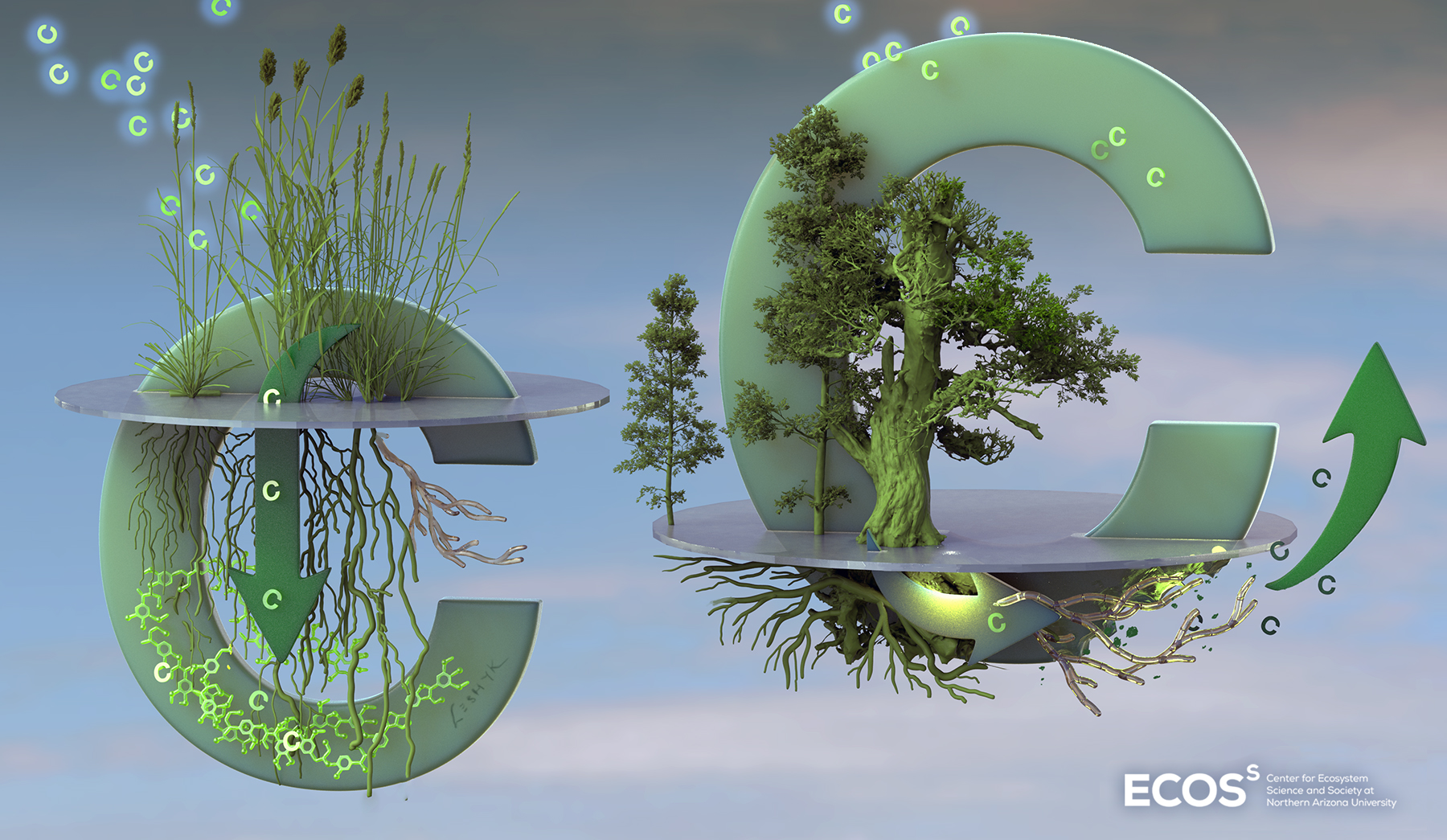
Elevated carbon dioxide emissions from human activities increase the uptake of carbon by plants but may decrease storage in soil. An international team led by Lawrence Livermore National Laboratory (LLNL) scientists synthesized 108 elevated carbon dioxide (CO2) experiments in various ecosystems to find out how much carbon is absorbed by plants and soil.
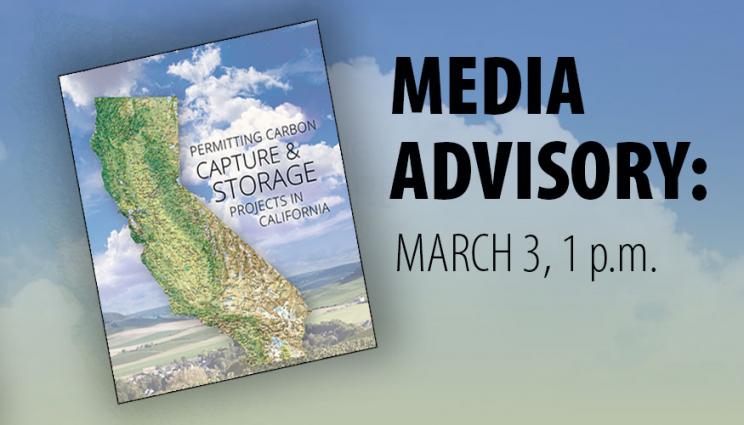
George Peridas, director of carbon management partnerships, and staff scientist Briana Schmidt from Lawrence Livermore National Laboratory, will be available to discuss results from a new report titled “Permitting Carbon Capture and Storage in California” that examined the regulatory framework for authorizing carbon capture and storage in California and offers options for government and project developers to enable robust, transparent and efficient project permitting in line with the state’s goal to reach carbon neutrality by 2045 or earlier.

To reach economy-wide carbon-neutrality by 2045 or earlier, California will likely have to capture, transport and geologically store tens of millions of tons per year of carbon dioxide (CO2) from large sources and from the atmosphere.
California has an extensive regulatory framework that is rigorous, robust and will safeguard the environment, public health and safety during these activities. However, this framework cannot handle the timely permitting and deployment of sufficient projects to protect the rapidly worsening climate and support achieving the state’s climate goals, according to a report by Lawrence Livermore National Laboratory (LLNL).
A new study uncovered how grasslands used by humans have changed our climate over the last centuries.

After more than two years of joint research, Lawrence Livermore National Laboratory (LLNL), Total, and Stanford University are releasing an open-source, high-performance simulator for large-scale geological carbon dioxide (CO2) storage.
CoverCress, Inc., announced a new collaboration with the Salk Institute to improve plant yield, soil health and soil organic carbon storage in cover crops via cutting-edge technologies developed by the Salk’s Harnessing Plants Initiative (HPI).
Professor Scott Goetz, research professor Patrick Jantz and research associate Pat Burns of Northern Arizona University contributed to the study, published in Nature Ecology and Evolution, that found world’s “best of the last” tropical forests are at significant risk of being lost,
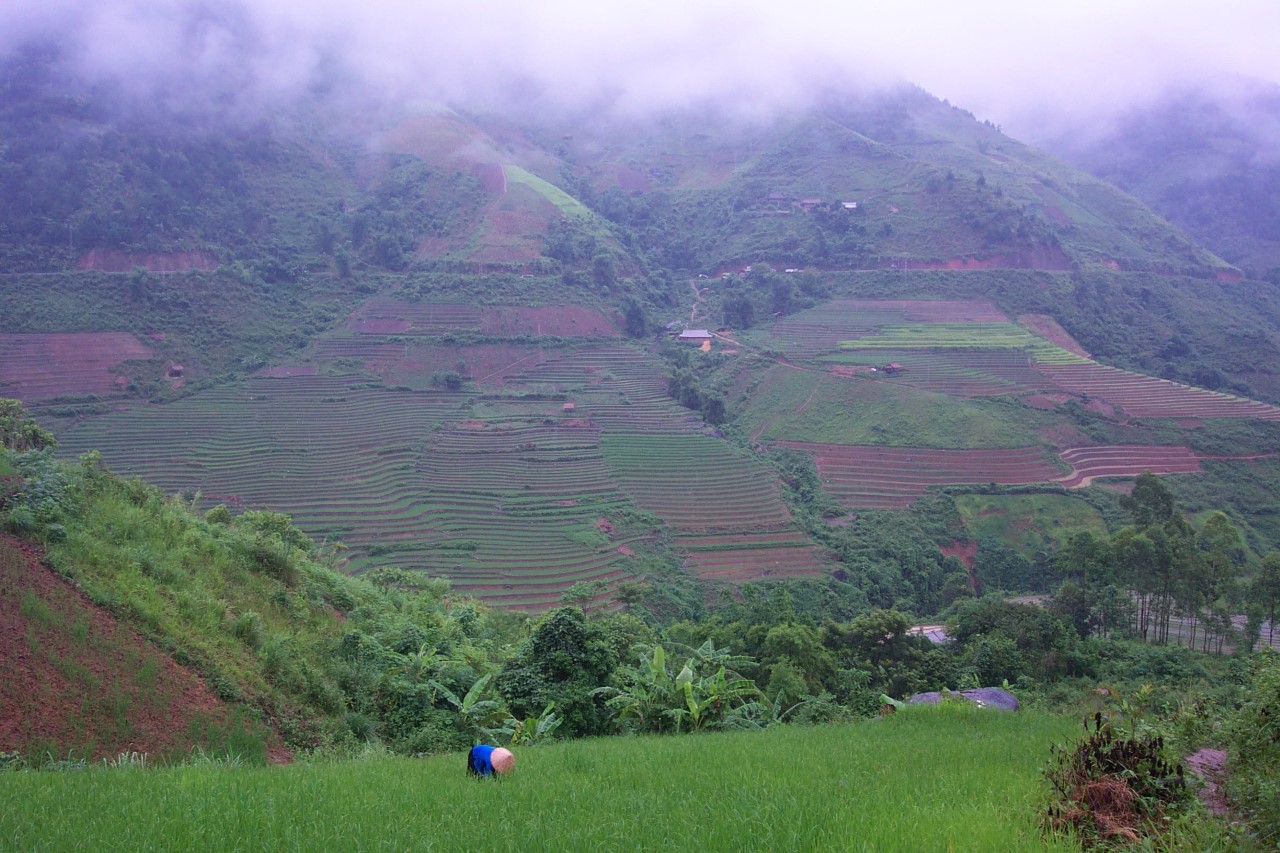
How can some of world’s biggest problems – climate change, food security and land degradation – be tackled simultaneously? Some lesser-known options, such as integrated water management and increasing the organic content of soil, have fewer trade-offs than many well-known options, such as planting trees, according to a Rutgers-led study in the journal Global Change Biology.
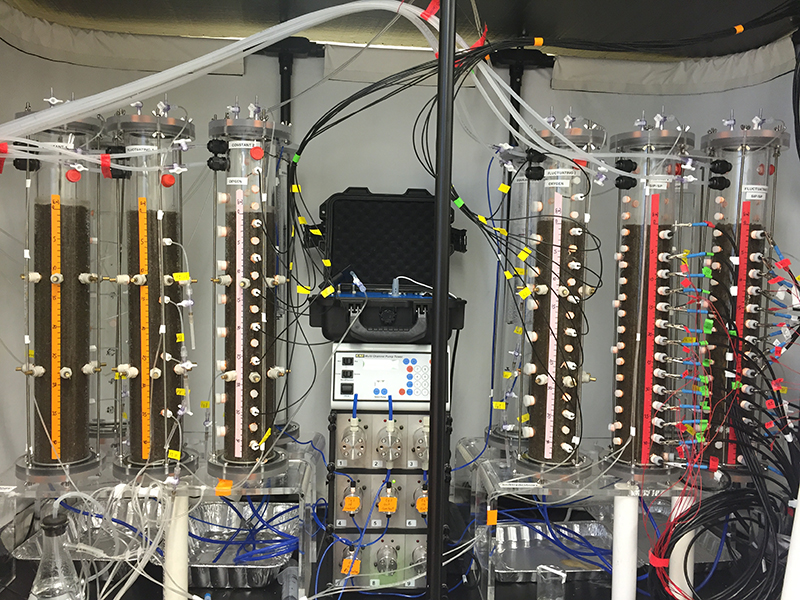
Testing microbial activity in soil columns helps researchers understand how carbon is stored in soils that are periodically waterlogged.
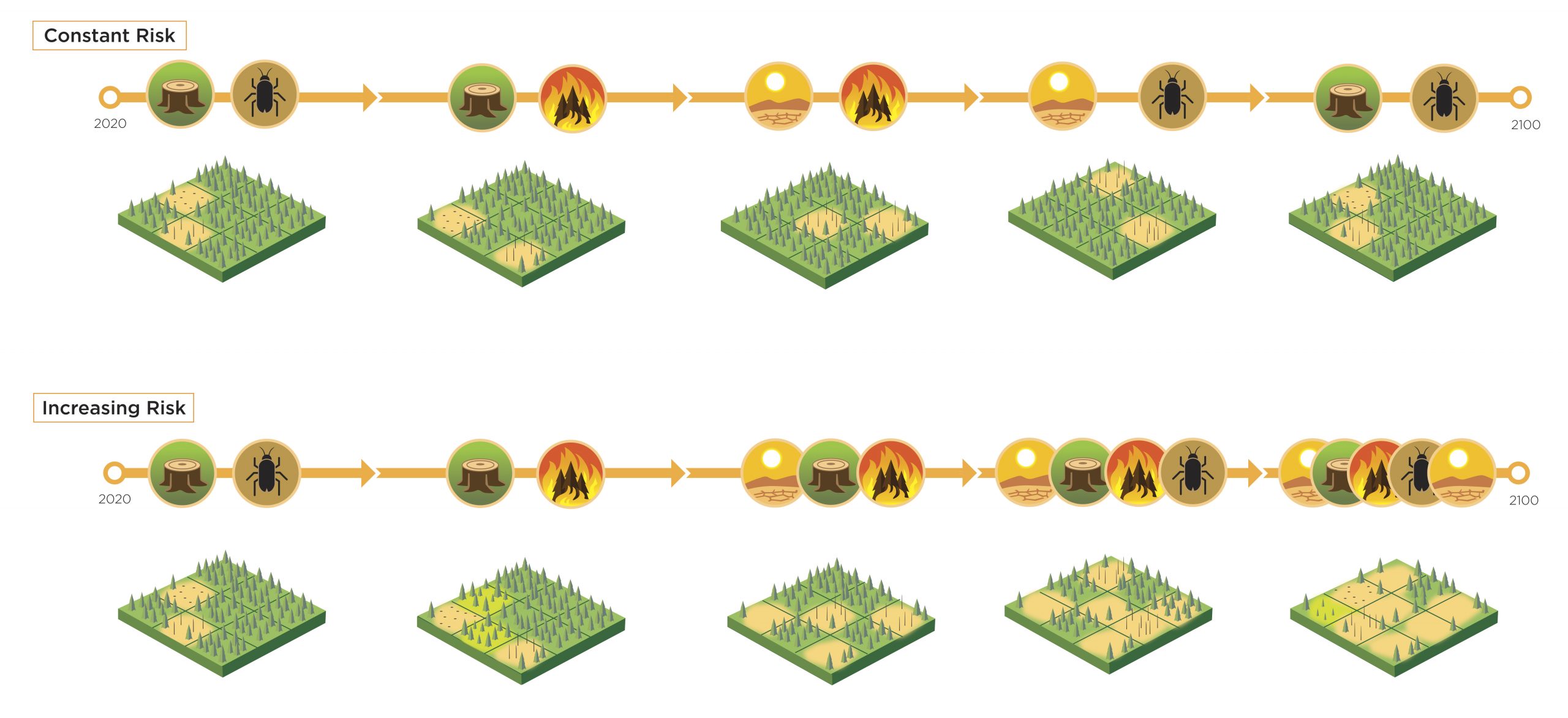
Some governments are counting on planted forests as offsets for greenhouse gas emissions—a sort of climate investment. But as with any investment, it’s important to understand the risks. If a forest goes bust, researchers say, much of that stored carbon could go up in smoke.
Forests can be best deployed in the fight against climate change with a proper understanding of the risks to that forest that climate change itself imposes.
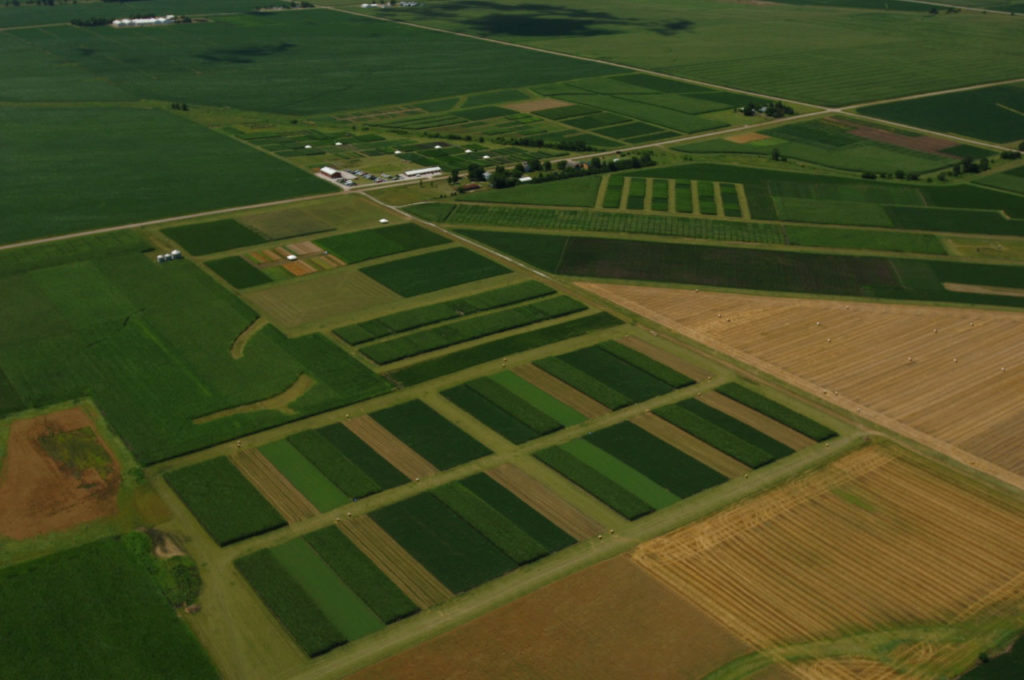
Diversified crop rotations protect water quality and have other environmental benefits, but recent experiments show that farms can’t rely on such rotations to improve carbon storage in the soil. The findings contradict widely held expectations that the extensive root systems of perennials and cover crops would deposit carbon in soils.
A new global assessment shows that human impacts have greatly reduced plant-fungus symbioses, which play a key role in sequestering carbon in soils. Restoring these ecosystems could be one strategy to slow climate change.